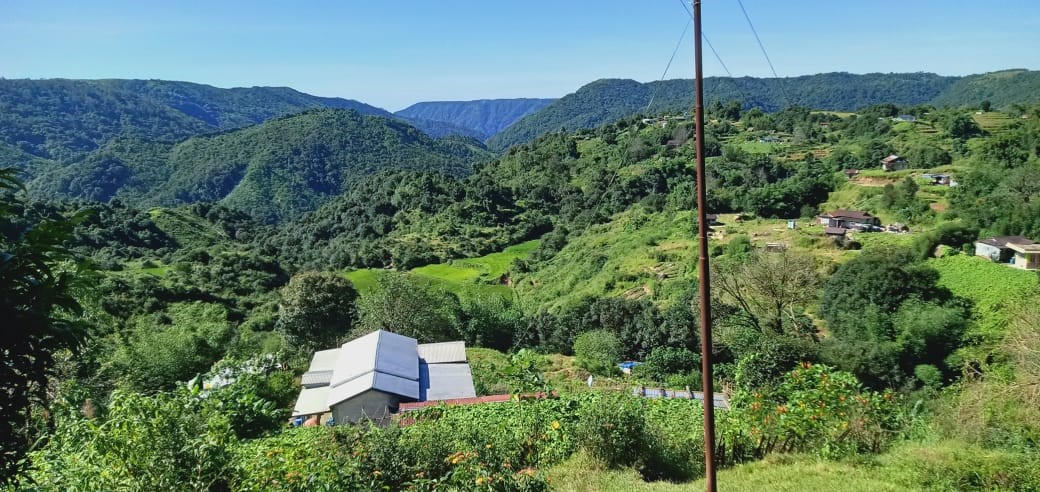
UM DIH LANG
A Community's Journey to Water Sustainability: From Scarcity to Ownership 'Um Dih Lang' is the name chosen for this success story. It is a term in the local language that can be roughly translated to 'the water we drink together'. The inspiration for this name comes...
From Dry Springs to Flowing Waters: The Ray of Hope for Kdoh Hati Village
Kdoh Hati, a village located in the Umsning C&RD Block of the Ri-Bhoi District, was established in 1968 and has been in existence for nearly 51 years. It is situated at a distance of 107 km from Shillong, which serves as the capital of Meghalaya. The village...
GAMBEGRE VILLAGE SHOWCASING THE BEST PRACTICES OF NRM
Gambegre Village is one of 400 villages located in critically degraded landscapes of the state, that came forward to participate in the World Bank-funded Community-Led Landscape Management Project (CLLMP) in 2019. A survey by the North Eastern Space Application Centre...
EMPOWERING WOMEN THROUGH CLLMP
Meghalaya is one of the few existing matrilineal societies in the world and it is expected that women would have more decision making roles, however, the issue of authority and power is still a widely debated topic. The matrilineal system followed by the three main...
COMMON LANDSCAPE PROBLEMS IN CLLMP AREAS
Meghalaya is a state with almost 70 per cent of geographical area under forest cover but what is not taken into account is how 40 per cent of this forest cover has degraded into open forests and shrubs. There are many reasons for the widespread land degradation which...
CREATING AWARENESS ON CLLMP THROUGH COMMUNITY BASED PROGRAMMES
A key factor during the initial phase of the CLLMP is creating awareness. This is crucial and this creates the foundation for the implementation of the project. INRM component is given special importance during awareness programmes and there is stress put on...
BRINGING COMMUNITIES TOGETHER THROUGH CLLMP
Conservation and sustainable use of natural resources is a widely talked about topic and with generations of mismanagement of these resources in the state, this has resulted in an alarming depletion of natural resources which has greatly affected communities all over...
BREAKING DOWN CLLMP
The Meghalaya Community Led Landscape Management Project (CLLMP) is a World Bank supported project of the Government of Meghalaya that seeks to rejuvenate the degraded landscapes of the state. Unlike past projects, this project places emphasis on local village participation where key decisions and implementation will be driven by the communities themselves.
